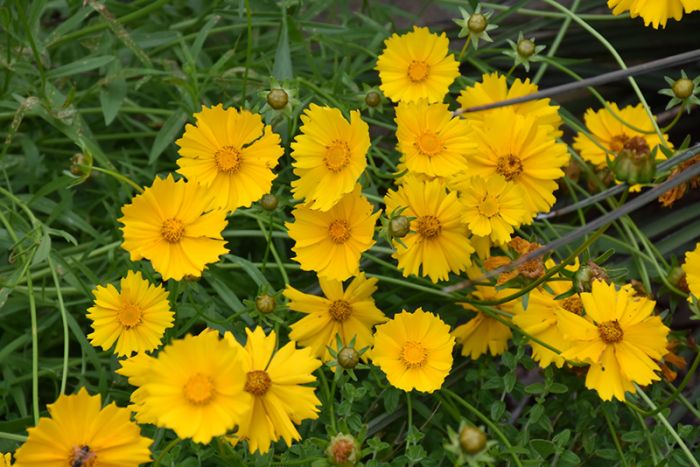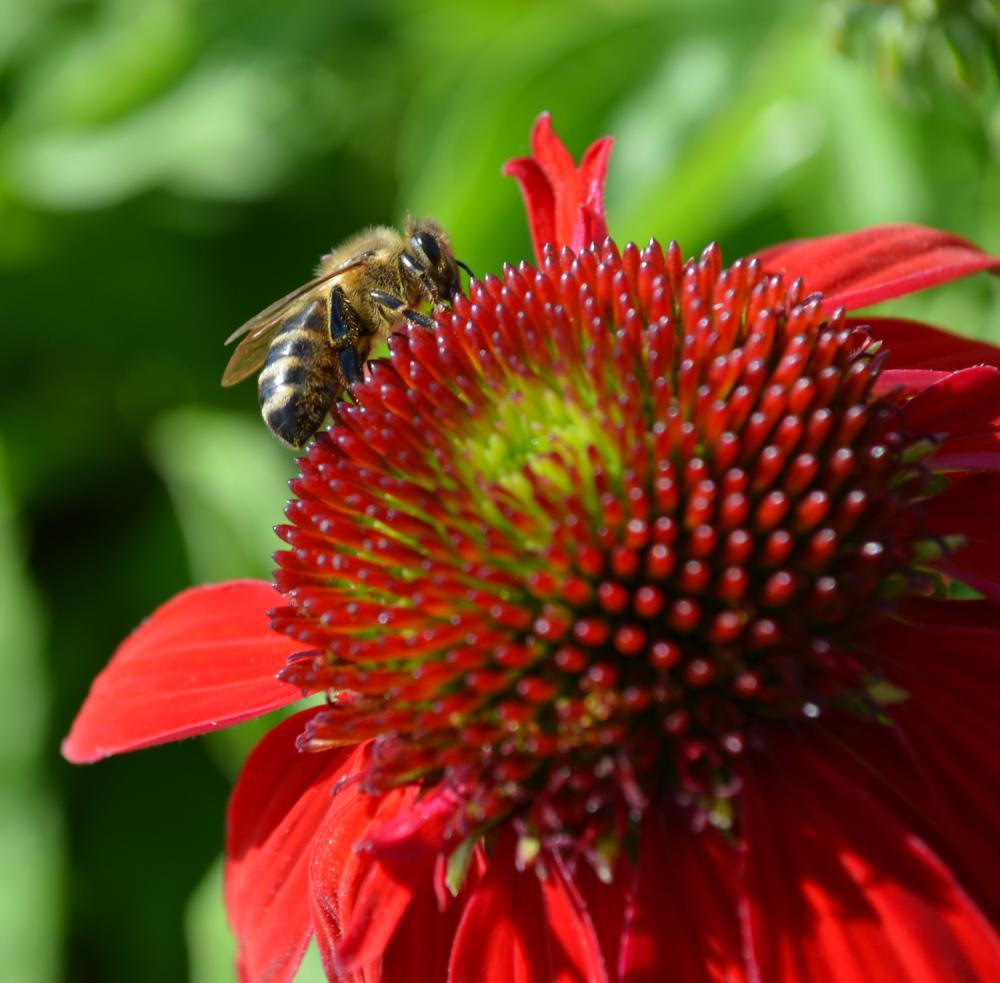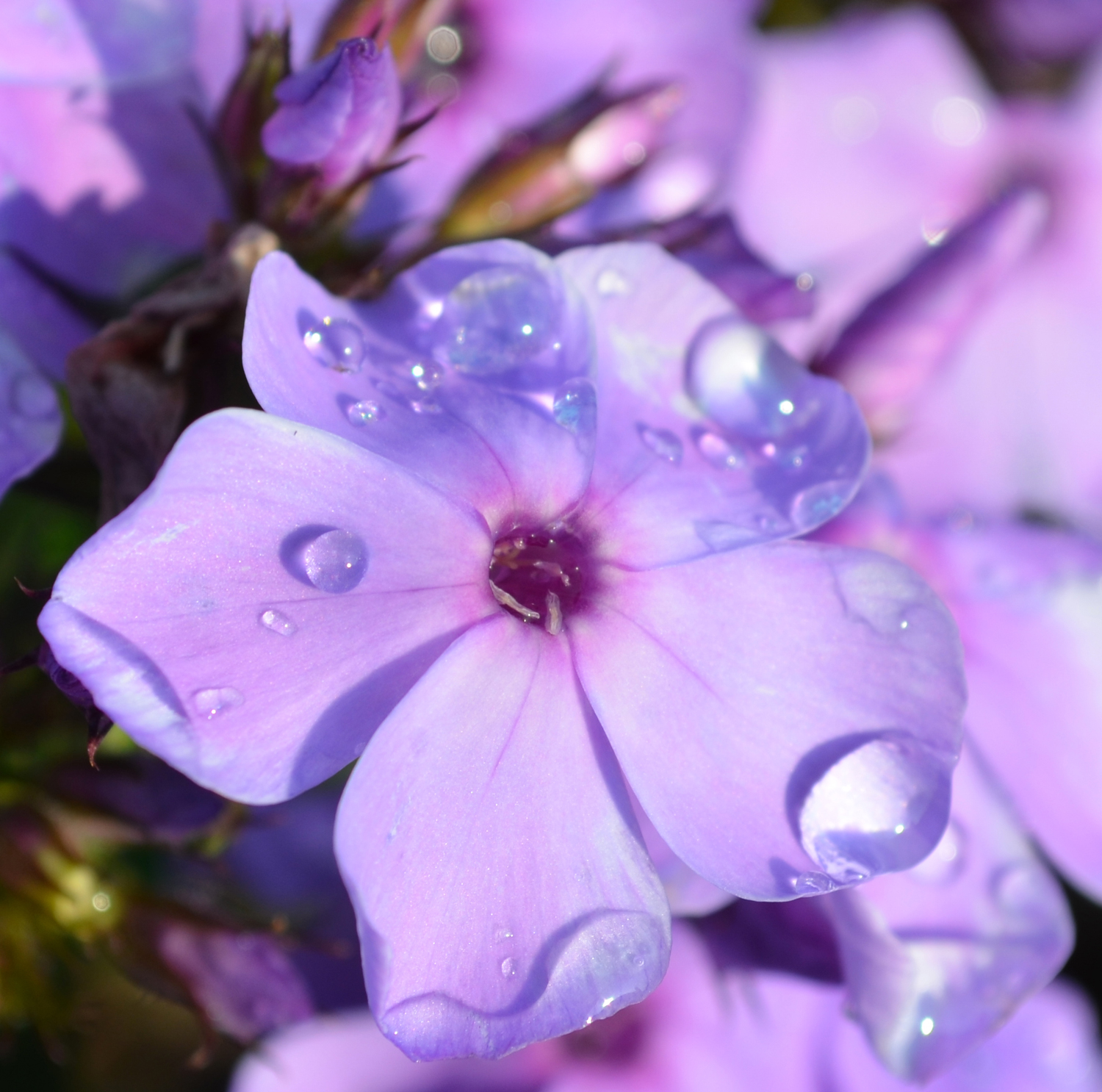Coreopsis, Lanceleaf Tickseed 'Minnesota Native'




Out of stock
Availability updated daily- Sun Preference
- Full-Sun
- Bloom or Harvest Time
- June, July, August
Description
Bright yellow flowers in late spring and early summer. May spread to form colonies in favorable situations. Dry soils.
Minnesota's largest Selection of Perennials
Discover an unparalleled selection of perennials at Gertens! With the largest variety in Minnesota, we offer endless options of colorful perennials, natives, and pollinator plants to beautify your garden year after year. From vibrant flowers to lush foliage, our perennials are perfect for adding beauty and charm to your outdoor space. Visit Gertens today and see why we're known as Minnesota's Destination Garden Center!
Details
Lanceleaf Coreopsis | Coreopsis lanceolata
Height: 18 inches
Spread: 24 inches
Sunlight: full sun
Brand: Gertens
Description:
All this variety needs is well drained soil and lots of sunshine and it will bloom profusely all summer long; a more open and airy form and a wildflower look that blends well in a cottage style garden; when positioning remember flowers follow the sun
Ornamental Features
Lanceleaf Coreopsis is smothered in stunning yellow daisy flowers with gold eyes at the ends of the stems from early summer to early fall. The flowers are excellent for cutting. Its narrow leaves remain green in color throughout the season.
Landscape Attributes
Lanceleaf Coreopsis is an herbaceous perennial with a mounded form. It brings an extremely fine and delicate texture to the garden composition and should be used to full effect.
This is a relatively low maintenance plant, and is best cleaned up in early spring before it resumes active growth for the season. It is a good choice for attracting butterflies to your yard, but is not particularly attractive to deer who tend to leave it alone in favor of tastier treats. It has no significant negative characteristics.
Lanceleaf Coreopsis is recommended for the following landscape applications;
- Mass Planting
- Border Edging
- General Garden Use
- Container Planting
Planting & Growing
Lanceleaf Coreopsis will grow to be about 18 inches tall at maturity, with a spread of 24 inches. Its foliage tends to remain dense right to the ground, not requiring facer plants in front. It grows at a medium rate, and under ideal conditions can be expected to live for approximately 10 years. As an herbaceous perennial, this plant will usually die back to the crown each winter, and will regrow from the base each spring. Be careful not to disturb the crown in late winter when it may not be readily seen!
This plant should only be grown in full sunlight. It does best in average to evenly moist conditions, but will not tolerate standing water. It is not particular as to soil pH, but grows best in poor soils. It is somewhat tolerant of urban pollution. This species is native to parts of North America. It can be propagated by division.
Lanceleaf Coreopsis is a fine choice for the garden, but it is also a good selection for planting in outdoor pots and containers. It is often used as a 'filler' in the 'spiller-thriller-filler' container combination, providing a mass of flowers against which the thriller plants stand out. Note that when growing plants in outdoor containers and baskets, they may require more frequent waterings than they would in the yard or garden. Be aware that in our climate, most plants cannot be expected to survive the winter if left in containers outdoors, and this plant is no exception. Contact our experts for more information on how to protect it over the winter months.
More Information
| Bloom or Harvest Time | June, July, August |
|---|---|
| Sun Preference | Full-Sun |
| USDA Hardiness Zone | 4, 5, 6, 7, 8 |
| Common Family Name | Tickseed |
| Mature Spread (Range) | 12" - 24" |
| Mature Height (Range) | 13" - 24" |


